Overview
Interviews with over 400 farmers in 13 villages in Northwest Cambodia, conducted as part of the project Uptake of agricultural technologies amongst farmers in Battambang and Pailin provinces, Cambodia, revealed that farmers wanted help identifying and responding to cassava pests and disease. In response, a ‘knowledge exchange’ between farmers and cassava pest and disease experts was held in November/December 2018 to understand farmer’s existing knowledge and practices and to co-design a pamphlet (in Khmer) that farmers could use to help them identify and manage pest and disease.
The Problem
In the first few years of growing cassava, farmers in Northwest Cambodia reported that pest and disease had not been a big problem. Now pest and disease, including mealybug, witches broom disease, bacterial blight, and mites, are a bigger problem and farmers don’t know what to do. Many farmers wanted to know the cause of specific problems, help to identify signs of pest and disease, and information and what to do if they found pests and disease.
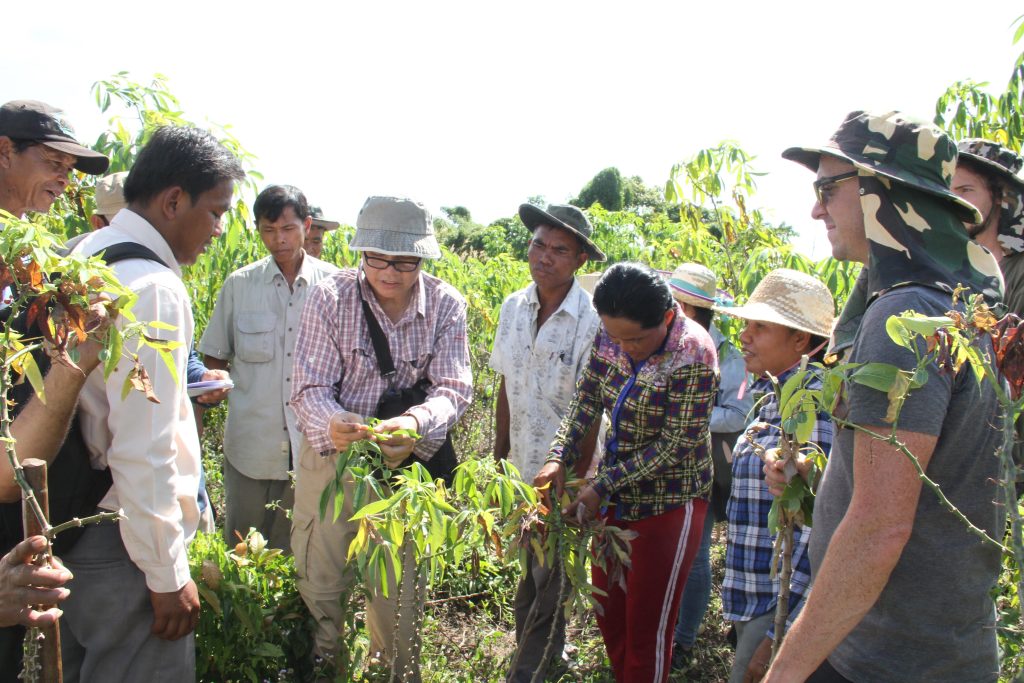

Activities and Methods
One of the primary goals of the project is to respond to what farmers want and request. As such, the project team organised a ‘knowledge exchange’ between farmers and cassava pest and disease experts to understand farmer’s existing knowledge and and to co-design a pamphlet (in Khmer) that farmers could use to help them identify and manage cassava pests and disease. The knowledge exchange included two focus group discussions and interviews with smallholder farmers.
Findings
A number of ‘key messages’ emerged from the knowledge exchange:
- Farmers can improve their yield if they control pest and disease in their cassava crop
- There are some simple, cheap and effective ways to improve the health of cassava crops:
- Select healthy planting material
- Remove and burn diseased plants
- Monitor and treat pests
- Weed and compost to improve soil health
- Individual farmers and their neighbours can both benefit from controlling pest and disease
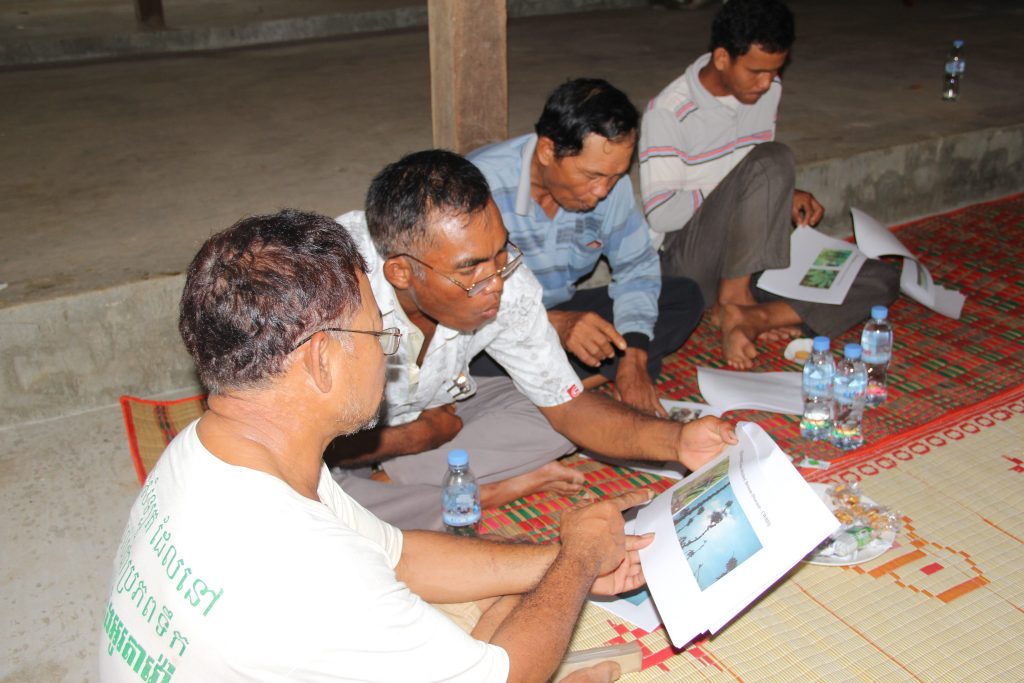
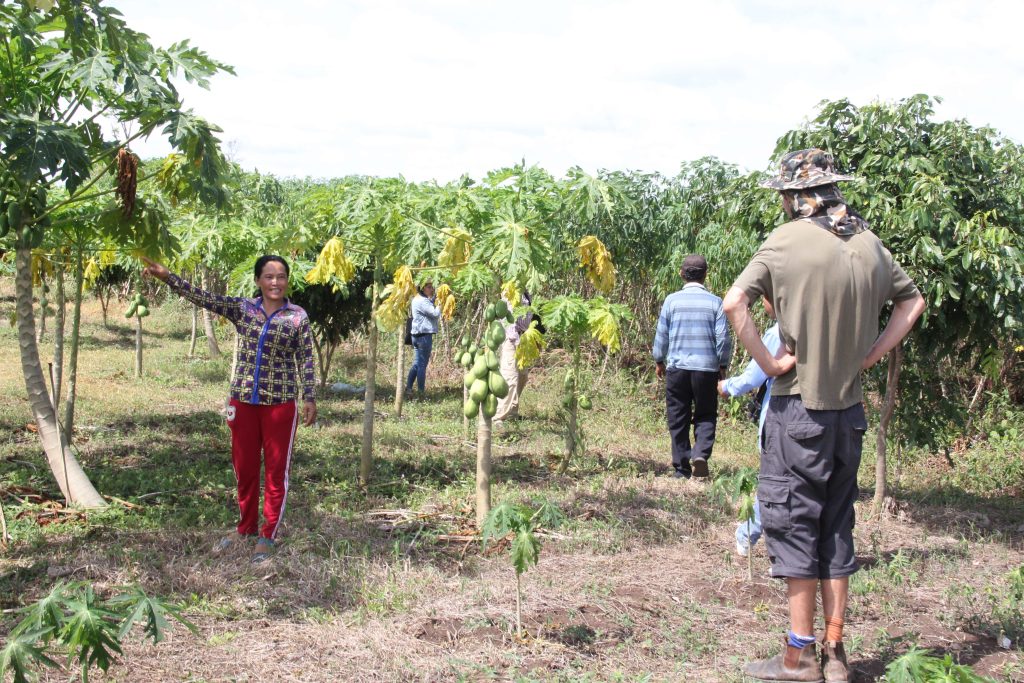
Outputs
Pamphlet: A pamphlet based on the knowledge exchange was produced to be used in future work with farmers.
Download the pamphlet “Taking Care of Cassava: Easy ways to manage pests and disease” as an interactive PDF in English and Khmer (6.1MB). PLEASE NOTE: You will need to download and open the pamphlet in Adobe Acrobat (not in an Internet Browser) to be able to select your language.
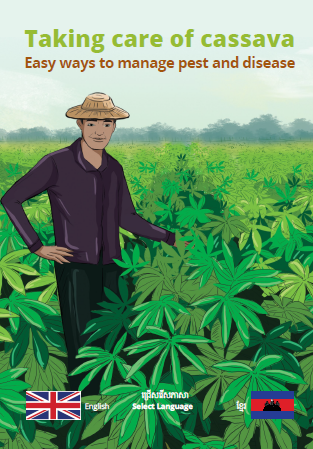
Videos: A series of videos was developed by Sophanara Phan, Chief of Agronomy, Pailin Department of Agriculture, Forestry and Fisheries which cover the ‘key messages’ developed through the knowledge exchange.
Video 1: How can you manage mosaic disease in cassava? Listen to advice from Sophanara Phan, Chief of Agronomy, Pailin Provincial Department of Agriculture, Forestry and Fisheries.
Video 2: Listen to advice from Sophanara Phan, Chief of Agronomy, Pailin Provincial Department of Agriculture, Forestry and Fisheries, about how to manage Cassava Witches Broom disease.
Video 3: How can you manage red spider mite in cassava? Hear from Sophanara Phan, Chief of Agronomy, Pailin Provincial Department of Agriculture, Forestry and Fisheries.
Video 4: What kind of planting techniques can produce a higher yield for cassava? Hear from Sophanara Phan, Chief of Agronomy, Pailin Provincial Department of Agriculture, Forestry and Fisheries.
Video 5: How can you identify and manage cassava root rot? Listen to expert knowledge from Sophanara Phan, Chief of Agronomy, Pailin Provincial Department of Agriculture, Forestry and Fisheries.
Video 6: Listen to practical advice from Sophanara Phan, Chief of Agronomy, Pailin Provincial Department of Agriculture, Forestry and Fisheries, on selecting healthy cassava planting material.
Video 7: Why is the timing of cassava planting so critical? Sophanara Phan, Chief of Agronomy, Pailin Provincial Department of Agriculture, Forestry and Fisheries, explains.
Further resources
CIAT Resources
CIAT (the International Centre for Tropical Agriculture) is a key hub for research of cassava in Cambodia, as well as across the Asia and the world. There are several key projects on cassava production in Cambodia, including emphasis on seed production and circulation to combat pest and disease transmission; ACIAR-funded efforts on marketing systems; work on Cassava Mosaic Virus (CMV); and work on the Cassava Genome.

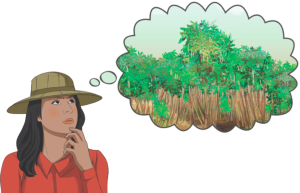
FAO Resources
The UN Food and Agricultural (FAO) is another excellent source for information on Cassava production and challenges, with Cambodian-focused activities. The FAO’s ‘Save and Grow’ manual is an outstanding publication, with in-depth presentation of cassava production and its associated challenges. The FAO has a global cassava strategy, which emphasizes cassava’s malleability. The ‘fact sheet’ is a useful point of reference to begin exploring cassava as a crop, especially the ‘myths’ that shape how it is understood. This includes cassava’s reputation for soil degradation.